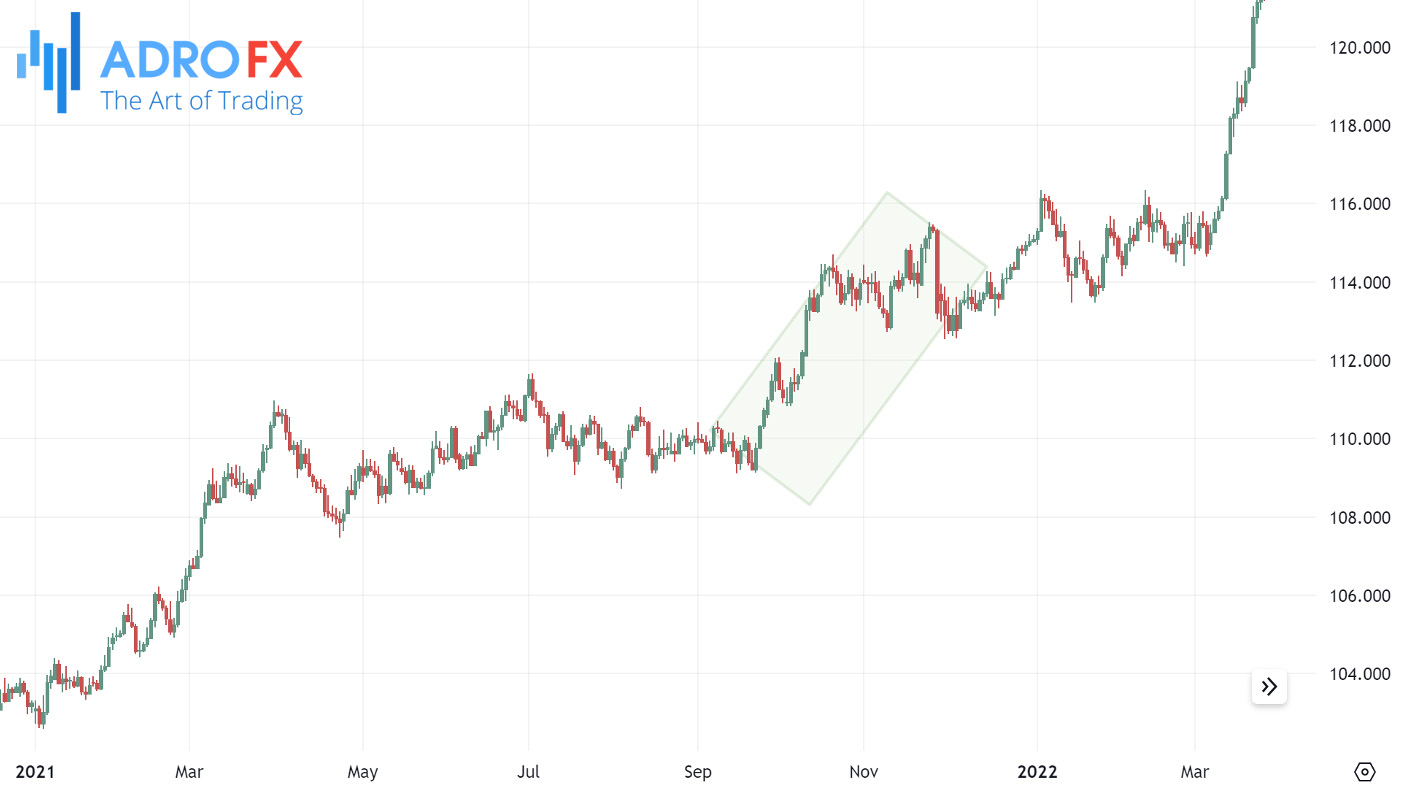Future-Proof Forex Trading: Best Strategies for 2024 - 2025

Forex trading, or foreign exchange trading, involves the buying and selling of currencies on the global market. It is one of the largest and most liquid markets in the world, with trillions of dollars traded daily. A key element of successful forex trading is having a robust trading strategy. A well-defined strategy helps traders navigate the complexities of the market, manage risks, and make informed decisions. The purpose of this article is to highlight the best forex trading strategies for 2024 - 2025, providing traders with insights and tools to enhance their trading performance in the coming years.
Understanding Forex Trading
Forex trading basics begin with understanding how currencies are traded in pairs, such as EUR/USD or GBP/JPY. Each pair consists of a base currency and a quote currency, and the price of the pair indicates how much of the quote currency is needed to purchase one unit of the base currency. Key concepts in forex trading include pips, which are the smallest price movement in the exchange rate of a currency pair, leverage, which allows traders to control a larger position with a smaller amount of capital, and margin, which is the amount of money required to open a leveraged position.
Market analysis is crucial in forex trading and can be divided into two main types: technical analysis and fundamental analysis. Technical analysis involves studying price charts and using indicators to identify trends and potential trading opportunities. It relies on historical price data and patterns to predict future movements. Fundamental analysis, on the other hand, focuses on economic indicators, such as interest rates, inflation, and employment data, to assess the overall health of an economy and its impact on currency values. Both types of analysis are essential for making well-informed trading decisions and achieving long-term success in the forex market.

Criteria for Choosing a Forex Trading Strategy
When selecting a forex trading strategy, it's crucial to consider several key factors to ensure it aligns with your personal trading preferences and market conditions. One of the primary criteria is your risk tolerance and trading style. Different strategies carry varying levels of risk and are suited to different styles, such as day trading, swing trading, or long-term investing. Understanding your comfort with risk and how you prefer to trade will help you choose a strategy that suits your temperament and objectives.
Time commitment is another important consideration. Some trading strategies require constant monitoring and quick decision-making, which is ideal for those who can dedicate significant time to trading. Others are less time-intensive and are better suited for traders who have other commitments. Additionally, it's important to assess the current market conditions. Different strategies perform better in different environments, such as trending versus range-bound markets. Adapting your strategy to the prevailing market conditions can enhance its effectiveness.
Finally, backtesting and evaluating historical performance are essential steps in choosing a trading strategy. Backtesting involves applying the strategy to historical market data to see how it would have performed in the past. This helps to identify the strategy's strengths and weaknesses and provides insights into its potential future performance. Analyzing historical performance allows traders to gauge the strategy's reliability and profitability, ensuring that they are making informed decisions based on empirical data rather than speculation.
Top Forex Trading Strategies for 2024 - 2025
In the dynamic world of forex trading, strategies that worked in the past may not always guarantee success in the future. As the market evolves, traders must adapt and refine their approaches to stay ahead. For 2024 - 2025, several forex trading strategies are poised to offer significant opportunities. This section explores these top strategies, providing insights into their mechanisms, key tools, and indicators, as well as practical examples and case studies to help traders navigate the forex market effectively. Whether you're a seasoned trader or just starting, understanding these strategies can enhance your trading performance and decision-making.
Trend Following
Strategy The trend following strategy is a popular approach that involves trading in the direction of the prevailing market trend. This strategy capitalizes on the market's tendency to move in sustained directions over a period. Traders using this method rely on various tools and indicators to identify and confirm trends. Key tools include moving averages, which smooth out price data to highlight the direction over a specified period; the Moving Average Convergence Divergence (MACD), which helps in identifying changes in the strength, direction, momentum, and duration of a trend; and the Average Directional Index (ADX), which measures the strength of a trend. Example trades in trend following often involve entering a trade when the price breaks above a moving average during an uptrend or below a moving average during a downtrend. Historical case studies show that during strong trending periods, such as significant bull or bear markets, trend following can yield substantial profits. For instance, traders might have successfully used this strategy during the strong upward trends seen in currency pairs like EUR/USD in 2020.
Range Trading Strategy
Range trading is a strategy that seeks to profit from the horizontal movement of prices between defined support and resistance levels. Unlike trend following, this strategy is employed in markets that lack a clear long-term direction. Tools and indicators crucial for range trading include support and resistance levels, which identify the price points where a currency pair consistently reverses direction; the Relative Strength Index (RSI), which signals overbought or oversold conditions; and Bollinger Bands, which provide a visual representation of price volatility and potential reversal points. In practice, range traders enter buy orders near the support levels and sell orders near the resistance levels. An example trade might involve buying EUR/USD at the lower end of its range around 1.1000 and selling near the top of its range at 1.1200. Case studies of successful range trading often highlight periods of low volatility where prices fluctuate within a tight range, offering multiple entry and exit points.
Breakout Trading Strategy
Breakout trading involves entering a trade as soon as the price breaks through a significant level of support or resistance, indicating a potential new trend. This strategy is based on the premise that prices tend to make substantial moves after breaking out of a range. Tools and indicators for breakout trading include trendlines, which highlight potential breakout points; volume indicators, which confirm the strength of a breakout; and price action signals, which provide insights into market sentiment. Example trades in breakout trading might include entering a long position when a currency pair breaks above a key resistance level with high trading volume.

Historical examples include the breakout of the USD/JPY above the 110.00 level in 2021, which led to a significant upward move. Case studies often emphasize the importance of confirming breakouts with increased volume to avoid false breakouts.
Swing Trading Strategy
Swing trading is a strategy focused on capturing short- to medium-term gains within a larger trend. It involves holding positions for several days to weeks, aiming to profit from price swings or "waves." Tools and indicators used in swing trading include Fibonacci retracements, which help identify potential reversal levels within a trend; and candlestick patterns, which provide insights into market sentiment and potential price reversals. Example trades in swing trading might involve entering a buy position on a retracement to a key Fibonacci level during an uptrend and holding until the price reaches a new high.

A historical example is the use of swing trading techniques during the fluctuations of the GBP/USD pair post-Brexit referendum, where traders captured gains from the frequent price swings. Case studies highlight the effectiveness of swing trading in volatile markets with clear price patterns.
Scalping Strategy
Scalping is a high-frequency trading strategy that aims to make small profits from numerous trades throughout the trading day. This strategy requires quick decision-making and execution, focusing on capturing tiny price movements. Tools and indicators crucial for scalping include tick charts, which display price movements at the smallest time intervals; and order flow analysis, which provides insights into market liquidity and the balance of buy and sell orders. Scalping example trades involve entering and exiting positions within seconds to minutes, aiming to profit from minor price changes. For instance, a trader might scalp the EUR/USD pair during the overlap of the London and New York trading sessions, when liquidity is highest. Historical case studies of successful scalping often illustrate the necessity of using a reliable broker with low spreads and fast execution times to maximize profitability.
Emerging Forex Trading Strategies
As the forex market continues to evolve, traders are constantly seeking new and innovative strategies to stay ahead of the curve. Emerging technologies and shifts in market dynamics have given rise to several novel trading approaches that offer unique opportunities and challenges.
In this section, we will explore some of the most promising emerging forex trading strategies for 2024 and 2025, including algorithmic trading, social trading, and high-frequency trading. Understanding these cutting-edge strategies can help traders better navigate the complexities of the forex market and capitalize on new trends.
Algorithmic Trading
Algorithmic trading involves using computer programs and algorithms to execute trades based on predefined criteria. These algorithms can analyze market data and execute trades at speeds and frequencies beyond human capabilities, allowing traders to capitalize on even the smallest market movements.
The primary benefits of algorithmic trading include increased efficiency, reduced risk of human error, and the ability to backtest strategies using historical data. Additionally, it can help traders take advantage of arbitrage opportunities and reduce transaction costs through precise execution. However, the challenges include the need for significant technical expertise, the risk of over-optimization, and the potential for system failures or bugs. Moreover, market conditions can change rapidly, and an algorithm that performs well in one scenario may fail in another.
Some of the popular algorithms used in forex trading include trend-following algorithms, arbitrage algorithms, and market-making algorithms.

Social Trading
Social trading allows traders to replicate the trades of experienced traders or follow their trading signals. This strategy leverages the collective wisdom of a community, making it accessible to those who may lack the time or expertise to trade independently.
The main advantages of social trading are the ability to learn from successful traders, diversify trading strategies, and reduce the time spent on market analysis. It also democratizes access to trading expertise, making it easier for beginners to get started. However, there are downsides, such as the risk of blindly following traders without understanding their strategies, potential performance issues during volatile market conditions, and the possibility of copying traders who take excessive risks.
AdroFx is among the platforms that facilitate social trading, providing a robust set of features tailored for traders. These platforms include leaderboards, detailed trader profiles, and comprehensive performance metrics, enabling users to choose traders to follow based on their proven track records and risk profiles. This environment supports both novice and experienced traders in enhancing their trading strategies and staying informed about market trends.
High-Frequency Trading (HFT)
High-frequency trading involves executing a large number of orders at extremely high speeds, often in fractions of a second. This strategy relies on sophisticated algorithms and high-speed data networks to exploit minute price discrepancies in the market.
HFT requires substantial investment in technology and infrastructure, including low-latency trading platforms, co-location services near exchange servers, and high-speed data feeds. The success of HFT strategies depends heavily on the ability to process and react to market data faster than competitors.
While HFT can generate significant profits, it also carries substantial risks. The intense speed and volume of trades can lead to market disruptions and contribute to increased volatility. Regulatory bodies worldwide are scrutinizing HFT practices, leading to stricter regulations and potential constraints on HFT activities. Traders must stay abreast of regulatory developments and ensure their HFT strategies comply with current laws to avoid legal repercussions.
These emerging strategies highlight the evolving landscape of forex trading. By understanding and potentially incorporating these innovative approaches, traders can enhance their trading capabilities and stay competitive in the ever-changing forex market.
Conclusion
In the dynamic and fast-paced world of forex trading, having a robust and adaptive trading strategy is essential for success. This article has explored a range of established and emerging forex trading strategies, each offering unique advantages and challenges. From trend following and range trading to algorithmic and social trading, understanding these strategies can help traders make informed decisions, manage risks effectively, and capitalize on market opportunities.
As we move into 2024 and 2025, the forex market will continue to evolve, driven by technological advancements and shifting economic conditions. Traders who stay informed about the latest strategies and adapt to new trends will be better positioned to achieve their trading goals. Whether you are a seasoned trader or new to the forex market, incorporating these strategies into your trading plan can enhance your performance and increase your chances of success in the ever-changing landscape of forex trading.
About AdroFx
Established in 2018, AdroFx is known for its high technology and its ability to deliver high-quality brokerage services in more than 200 countries around the world. AdroFx makes every effort to keep its customers satisfied and to meet all the trading needs of any trader. With the five types of trading accounts, we have all it takes to fit any traders` needs and styles. The company provides access to 115+ trading instruments, including currencies, metals, stocks, and cryptocurrencies, which make it possible to make the most out of trading on the financial markets. Considering all the above, AdroFx is the perfect variant for anyone who doesn't settle for less than the best.










